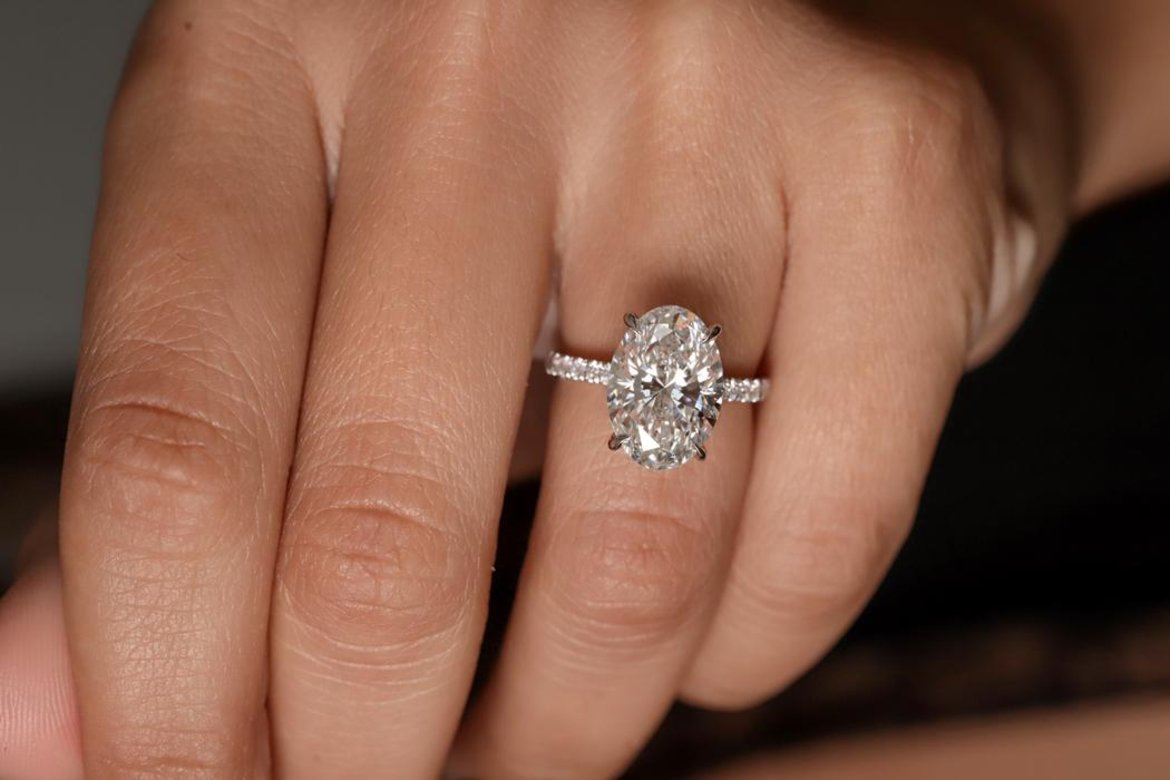Lab Created Diamonds Are Forever: A Revolution in Gemology
In the realm of luxury and elegance, diamonds have long held a position of reverence and admiration. However, the traditional diamond industry has faced scrutiny over ethical and environmental concerns. Enter lab-created diamonds, a groundbreaking innovation that promises to revolutionize the diamond market. These gems, crafted with scientific precision, offer a sustainable and ethical alternative to mined diamonds. In this comprehensive article, we explore why lab-created diamonds are not only a viable option but a superior choice for the conscientious consumer.
Table of Contents
The Science Behind Lab-Created Diamonds
Lab-created diamonds, also known as synthetic diamonds or cultured diamonds, are produced using advanced technological processes that replicate the natural conditions under which diamonds form. There are two primary methods:
- High Pressure High Temperature (HPHT): This method mimics the natural geological process, subjecting carbon to intense heat and pressure until it crystallizes into a diamond.
- Chemical Vapor Deposition (CVD): This technique involves breaking down carbon-rich gases in a controlled environment, allowing carbon atoms to deposit on a substrate layer by layer, forming a diamond crystal.
Both methods yield diamonds that are chemically, physically, and optically identical to their mined counterparts.
Unmatched Quality and Purity
One of the standout features of lab created diamonds are forever is their remarkable purity and quality. Traditional diamonds often contain impurities and flaws due to the unpredictable natural formation process. In contrast, the controlled environment of a laboratory ensures that lab-created diamonds have fewer inclusions and defects. This results in a higher clarity rating and often a more brilliant stone.
Moreover, lab-created diamonds can be produced in a range of colors. While natural colored diamonds are exceedingly rare and expensive, lab-created diamonds can be engineered to exhibit a spectrum of hues, from classic white to vivid blue or rich yellow. This customization allows for greater creativity in jewelry design and accessibility to unique colors.
Ethical and Environmental Considerations
The diamond mining industry has long been associated with numerous ethical and environmental issues, including human rights abuses, environmental degradation, and conflict financing. Lab-created diamonds provide a clear solution to these problems. Here’s how:
- Ethical Sourcing: Lab-created diamonds are free from the blood diamond stigma. They are produced in a controlled environment, ensuring that no human rights violations are involved in their creation.
- Environmental Impact: The environmental footprint of lab-created diamonds is significantly smaller than that of mined diamonds. Mining operations disrupt ecosystems, contribute to soil erosion, and consume vast amounts of water and energy. In contrast, the production of lab-created diamonds is less invasive and resource-intensive.
By choosing lab-created diamonds, consumers can enjoy the beauty of these precious stones while supporting more sustainable and ethical practices.
Economic Benefits
Lab-created diamonds offer considerable economic advantages. The traditional diamond market is heavily influenced by the limited supply and the monopolistic practices of mining companies. Lab-created diamonds, however, can be produced on demand, leading to more stable pricing.
- Affordability: On average, lab-created diamonds cost 30-40% less than mined diamonds of equivalent quality. This cost-effectiveness allows consumers to invest in larger or higher-quality stones without exceeding their budget.
- Value Retention: Despite their lower initial cost, lab-created diamonds maintain their value and are recognized by leading gemological institutes, ensuring they can be resold or passed down as heirlooms.
Technological Innovation and Future Potential
The field of lab-created diamonds is continuously evolving, driven by advancements in technology and scientific research. Innovations in the production process are leading to even higher quality and more affordable diamonds. Additionally, researchers are exploring new applications for lab-created diamonds beyond jewelry, including in electronics, medical equipment, and high-precision cutting tools.
The potential for growth in this industry is immense. As technology improves, the environmental impact and production costs are expected to decrease further, making lab-created diamonds an increasingly attractive option for a wider audience.
Consumer Perception and Market Trends
The perception of lab created diamonds has shifted dramatically in recent years. Initially met with skepticism, these diamonds are now embraced by a growing segment of the market. This shift is fueled by a heightened awareness of ethical consumption and environmental responsibility.
Millennials and Gen Z consumers, in particular, prioritize sustainability and ethical sourcing in their purchasing decisions. This demographic’s growing purchasing power is driving the demand for lab-created diamonds. Major jewelry brands and retailers have recognized this trend and are incorporating lab-created diamonds into their collections, further legitimizing and popularizing these gems.
Choosing the Perfect Lab-Created Diamond
When selecting a lab-created diamond, it’s essential to consider the 4 Cs—Carat, Cut, Color, and Clarity—just as you would with a mined diamond. Here’s a brief guide:
Carat: Lab-created diamonds are available in a wide range of carat weights. Decide on the size that fits your budget and preferences.
Cut: The cut determines the diamond’s brilliance. Opt for a high-quality cut to maximize the stone’s sparkle.
Color: While lab-created diamonds can be produced in various colors, D to F (colorless) grades are most sought after for their pure appearance.
Clarity: Aim for a diamond with minimal inclusions for the clearest and most appealing look.
Additionally, ensure your diamond comes with certification from a reputable gemological institute, such as the Gemological Institute of America (GIA) or the International Gemological Institute (IGI). This certification verifies the quality and authenticity of your lab-created diamond.
Conclusion: The Future of Diamonds
Lab-created diamonds represent a significant advancement in the jewelry industry, offering a sustainable, ethical, and economically viable alternative to traditional mined diamonds. With their superior quality, reduced environmental impact, and alignment with modern consumer values, lab-created diamonds are poised to become the preferred choice for discerning buyers.
As the world moves towards more sustainable and conscious consumption, lab-created diamonds stand as a symbol of innovation and responsibility. They are, indeed, forever—not only as enduring gems but as pioneers of a more ethical and sustainable future.

